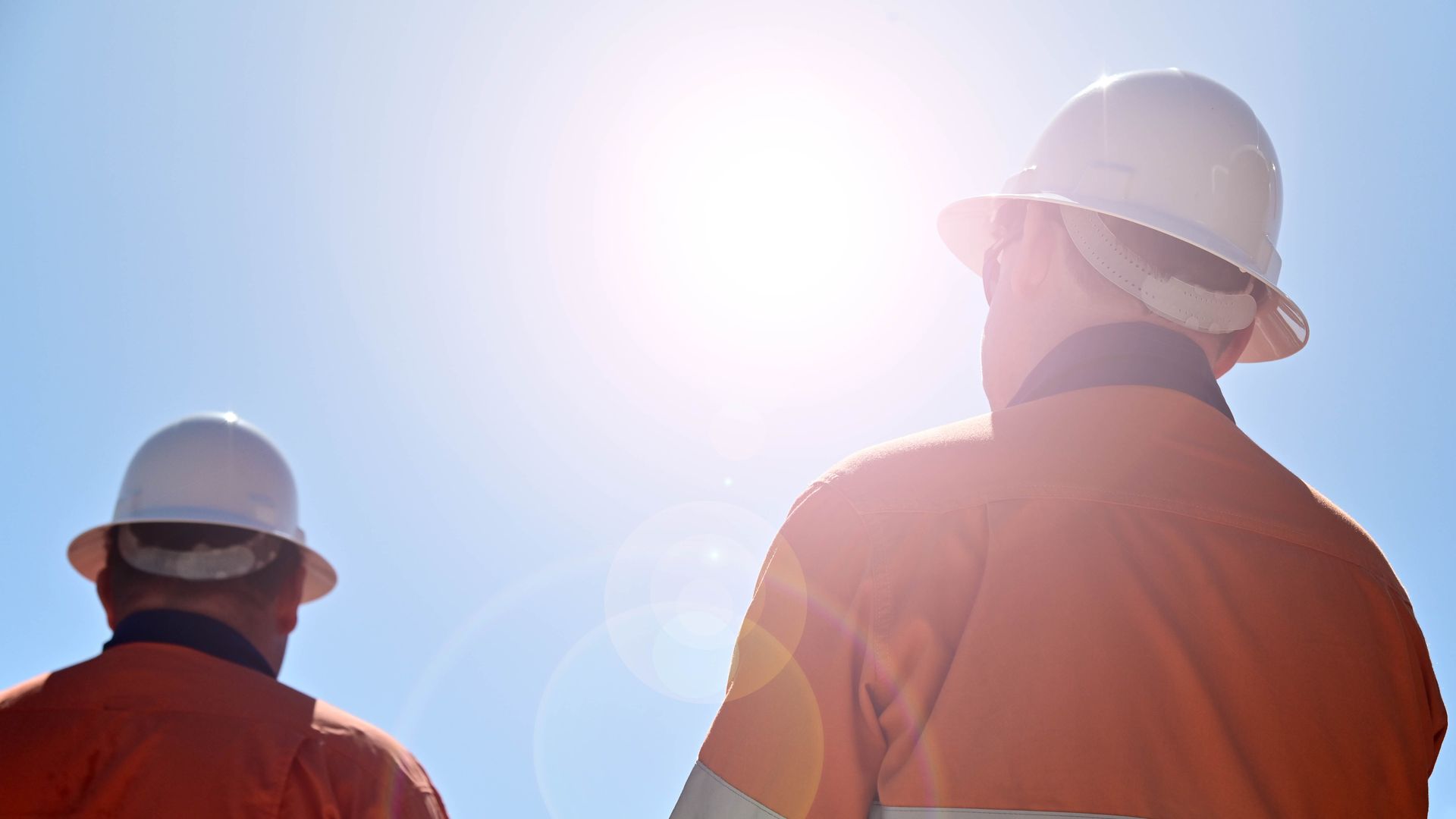It’s been a tough few months for Australia’s winemakers. Extreme weather events, including severe frosts, hailstorms and a recent heatwave, have decimated crops across Australia. Some regions have reported over a 20 percent drop in production on the ten-year average.
Throughout Australia’s wine regions, winemakers have taken various approaches to protect and limit the long-term damage to their vineyards. With extreme weather events, particularly heatwaves, becoming more frequent , such approaches are likely to become widespread as Aussie winemakers look to adapt to a changing climate in order to safeguard their industry.
Sunscreen
As this summer’s temperatures soared into the high 40s, winemakers throughout Australia’s wine regions faced the unwelcome prospect of sunburnt grapes. Sunburn poses a major problem as it softens the grape’s skin, which can add unwanted sugary flavour to the grape, in addition to making the grapes more susceptible to rot.
As a result of recent heatwaves, many Aussie winemakers have turned to using specially formulated clay-based sunscreen to protect their grapes. The sunscreen is particularly effective when the grapes don’t have adequate amounts of canopy foliage. The vines are sprayed prior to a heatwave and when it’s time to harvest, the grapes are washed before going through the fermentation process.
According to at least one Hunter Valley winemaker, there’s no noticeable effect on the taste of their wines as a result of using sunscreen on their grapes.
Shading
During heatwaves, a lack of adequate canopy can cause severe damage as vines are exposed to extreme temperatures. Overhead shading decreases the surface temperature of the vine, which mitigates many of the negative effects caused by a heatwave. According to research by the University of Adelaide , not only does overhead shading delay grape loss, it reduces it as well. The university also found that berry cell vitality in ripened grapes is higher as a result of overhead shade.
While several large winemakers have employed overhead shading to protect their crops from extreme heat, its high cost means that it’s not a viable option for many winemakers.
European Varieties
The stages of a grape’s development are sensitive to temperature changes. Extreme temperatures, such as those experienced in recent heatwaves, can cause severe damage (including grape shrivel and sunburn) to some grape varieties, which cannot tolerate such heat.
However, other grape varieties are better able to cope, particularly those usually found in the Meditarranean region. Many Aussie winemakers are switching to Portuguese, Spanish and southern Italian grape varieties , which are well suited to hot, dry climates.
If you’re in the wine industry, partner with an agency that understands your business needs.



